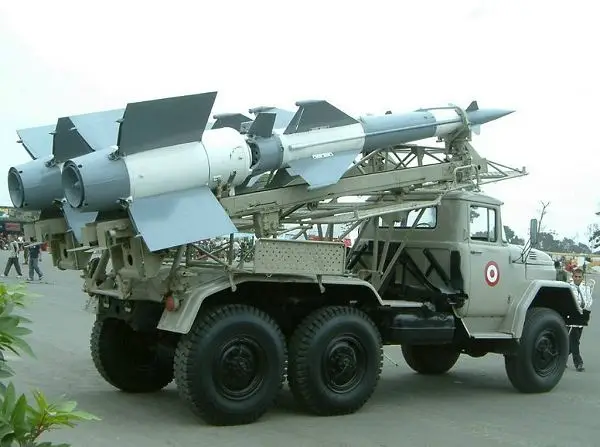By Sergey Linnik
In 1962, India suffered a defeat in a border conflict with China, after which the Indian leadership began a process of modernizing its armed forces. One of the key priorities was ensuring the integrity of the country’s airspace and protecting strategically important military and civilian facilities from air attack.
Simultaneously with the acquisition of MiG-21 fighters from the USSR, the Indian military received new radars, communications, and combat control systems. This was fundamentally new for India. weapons became Soviet anti-aircraft missile SA-75MK Dvina air defense systems, which were used for over a quarter of a century for the capital’s air defense and deployed in areas bordering Pakistan. In the 1960s and 1970s, SA-75MK air defense systems were repeatedly used against Pakistani high-altitude reconnaissance aircraft, bombers, and balloons, and the presence of these systems became a significant deterrent during the Indo-Pakistani conflict.
In the mid-1980s, India received a significant number of S-125M Pechora-M air defense systems, which were primarily used to cover airbases, large garrisons, ports, transport hubs, and administrative and industrial centers in areas bordering Pakistan and China, as well as in the central part of the country. The S-125M air defense systems performed remarkably well in challenging, hot and humid climates. These systems required fewer materials and labor resources to maintain than the S-75MK with liquid-propellant missiles. Relatively recently, India initiated a modernization program for its existing S-125M air defense systems, aiming to improve their combat performance and extend their service life…
READ FULL ARTICLE HERE… (en.topwar.ru)
Home | Caravan to Midnight (zutalk.com)







Be First to Comment